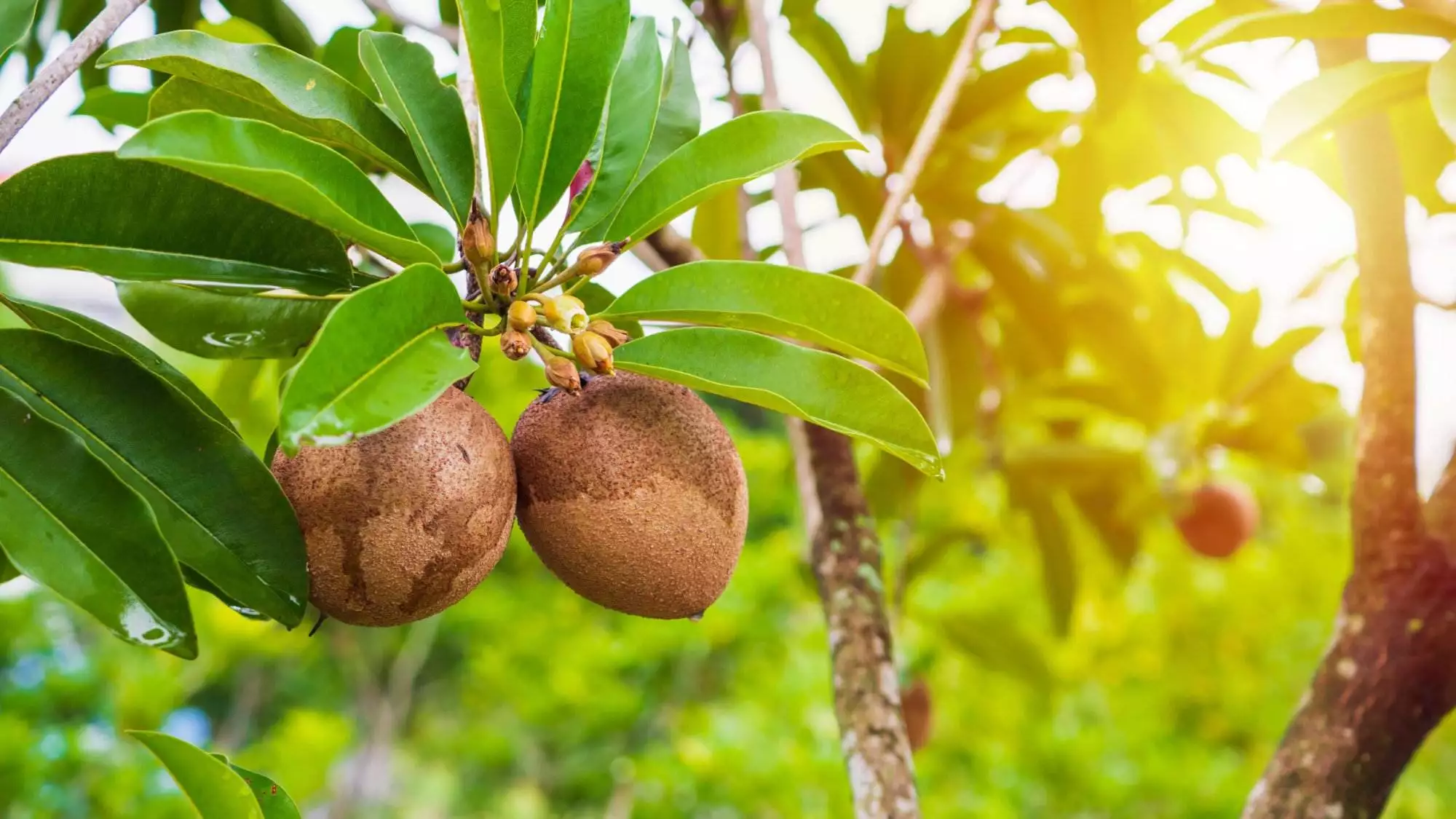Table Of Contents
How many fruits start with the letter S? When it comes to fruits, there are far more different types than the standard apples, oranges, and pears seen in the supermarket. This is especially true in tropical regions.
From well-known fruits like strawberries and sour apples to the more obscure entries like satsuma and sapodilla fruit, you’re sure to encounter both the exotic and the familiar in our list of fruit.
Read on to learn more about the fruits starting with the letter S.
List of Fruits That Start With S
1. Strawberry
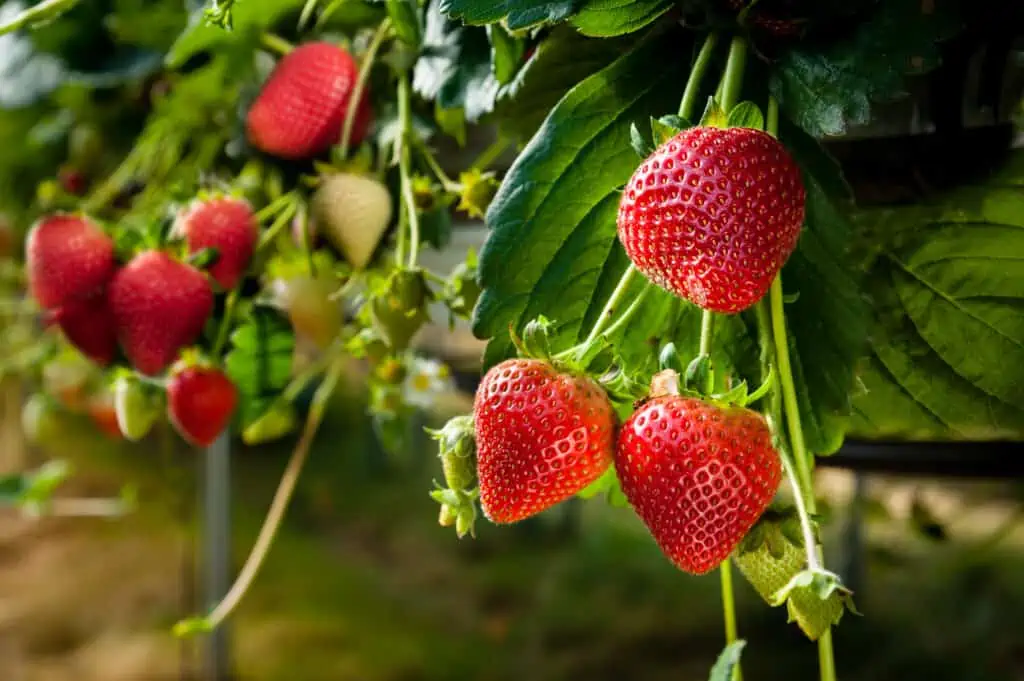
Probably the first fruit most people think of when asked to name a fruit that starts with S, the strawberry is a popular fruit that grows in a ground cover and has tiny white flowers that turn into mature fruit in the summer.
2. Snake Fruit
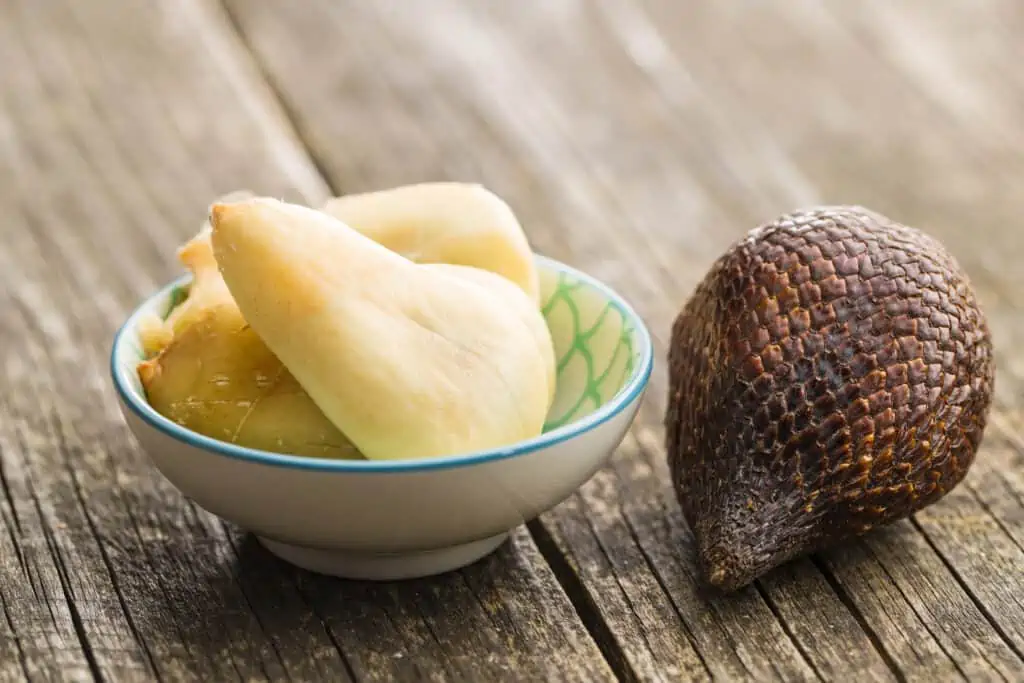
Also known as salak fruit, this fruit’s most popular name comes from the brown scales on this fig-shaped fruit. It’s native to Indonesia and southeast Asia and has an acidic, slightly prickly fig-shaped exterior with smooth, honey-flavored pale yellow fruit underneath.
3. Soncoya Fruit
Native to southern Mexico and Central America, the soncoya fruit is also known as annona purpea – however, few know it by its scientific name.
This oval-shaped tropical fruit has a prickly rind that ranges from green to yellow to pink, with tender orange flesh that tastes similar to mango. Just be sure to remove the large, shiny black seeds before peeling and eating.
4. Sugar Apple
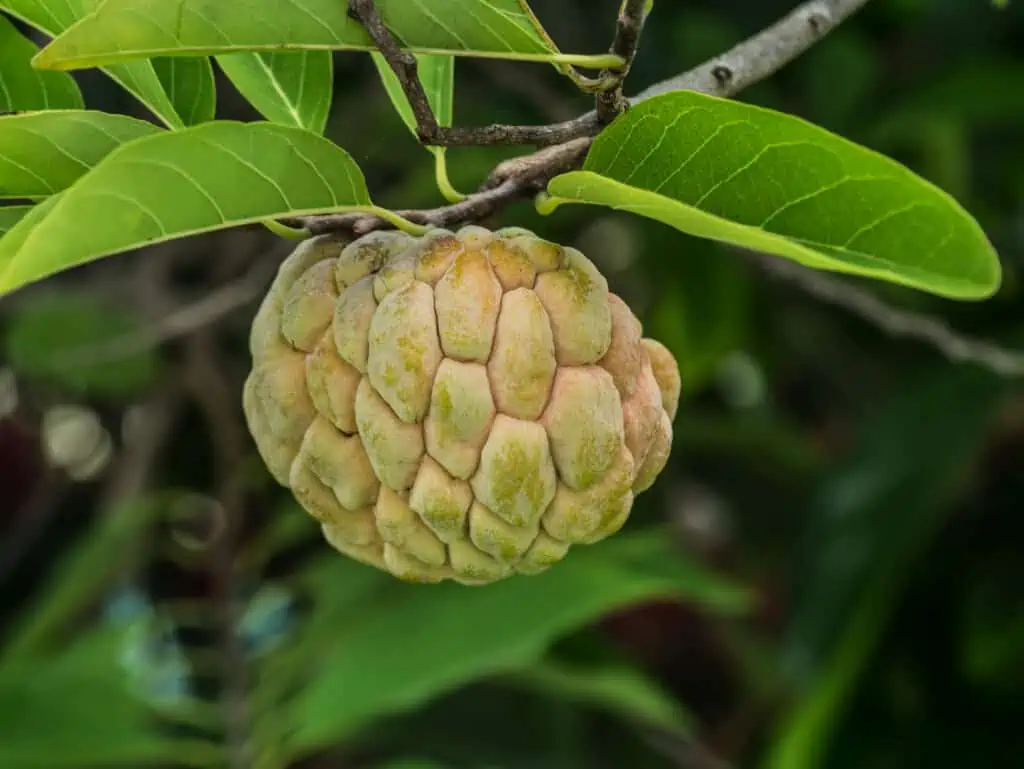
Also known as the custard apple, the sugar apple fruit is round with thick green, bumpy hides that look and feel like scales. The interior is white with large black seeds, and it has a smooth, custard-like taste. In the West Indies, where the plant is native, the sugar apple is also called a bullock’s heart due to its shape, which vaguely resembles a heart.
5. Santol Fruit
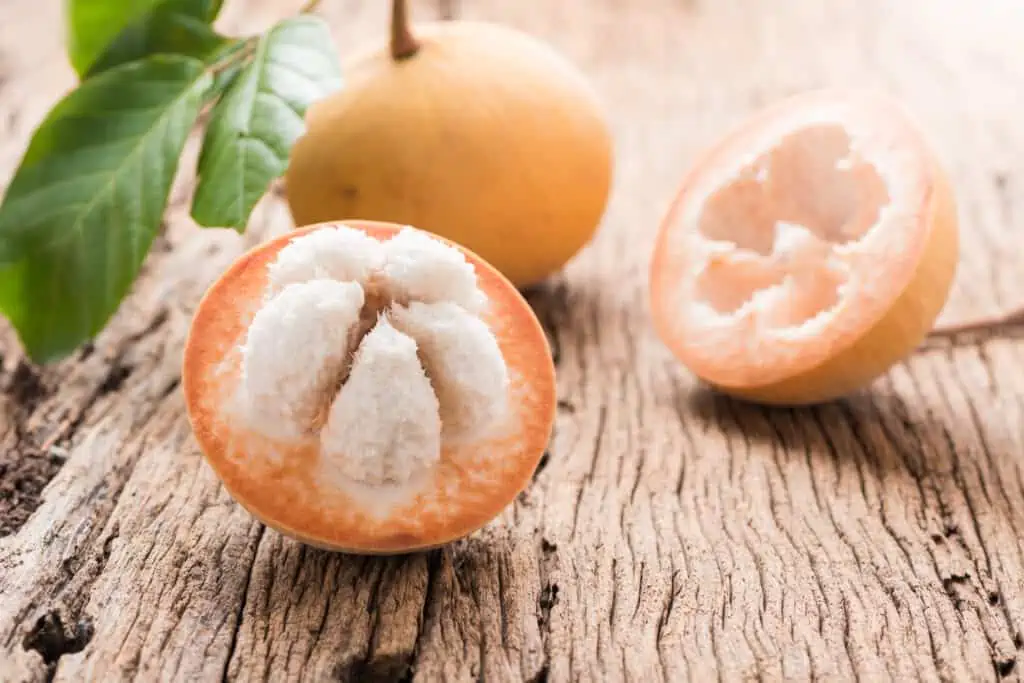
This fruit – with its fluffy white interior – also goes by the name cotton fruit. It has a leathery rind that turns from green to pale yellow-orange when ripe. If it tastes sour, then it’s not yet mature; ripe santol fruit has a sweet, floral taste similar to peaches.
This unusual fruit’s scientific name is sandoricum koetjape.
6. Safou Fruit
Also known as African pear or butter fruit, safou fruit grow on an evergreen tree native to Africa. Mature safou fruit are oblong, bright purple, and are quite rare outside the region in which they are grown.
7. Strawberry Guava Fruit
This variation of the guava fruit gets its name from its bright pink interior. Native to Brazil, strawberry guava fruit has edible seeds and can be eaten raw. It has a sweet yet tart flavor with floral notes, making it a versatile ingredient for both desserts and salads. The juice is also popularly bottled and consumed throughout the world.
8. Star Apple Fruit
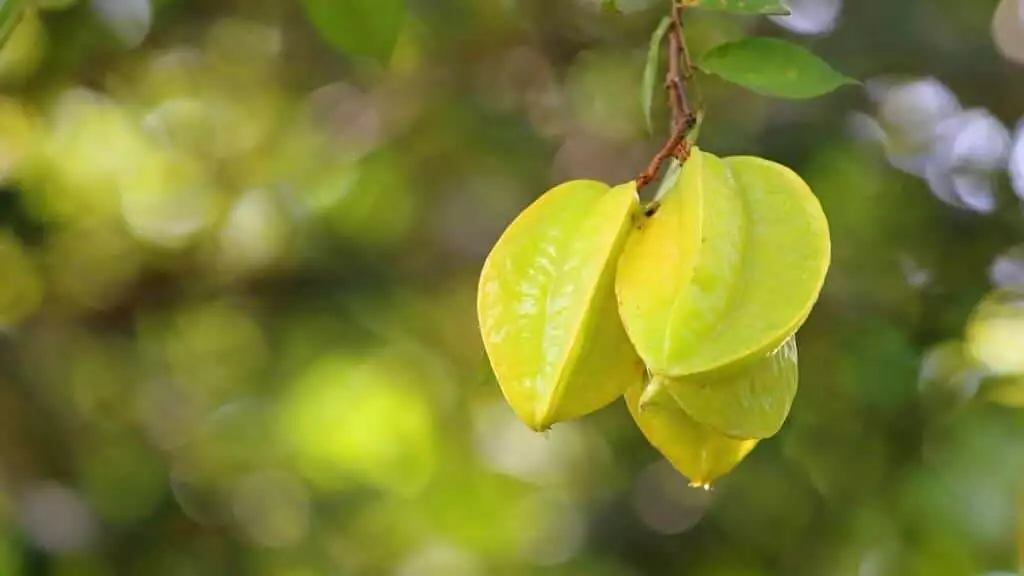
This unusual and brightly colored fruit is native to the West Indies and goes by many names, including tar apple, purple star apple, golden leaf tree, aguay, and milk fruit. These round fruits have purple and white insides and reveal star shapes when sliced.
9. Sapodilla Fruit
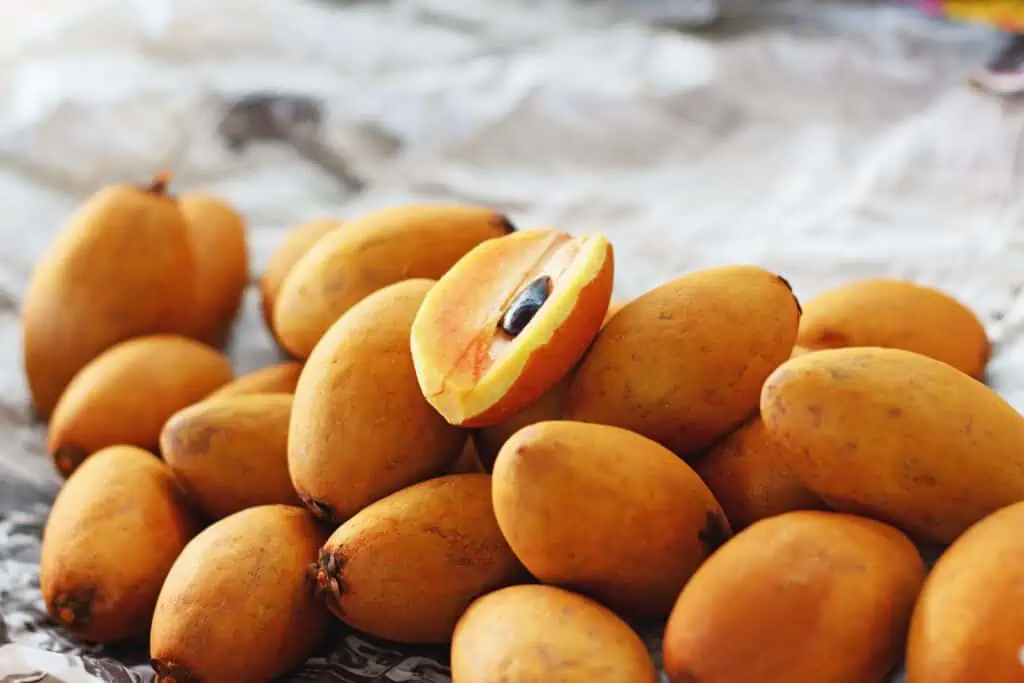
You may not think much of this fruit when you see it, with its dull gray-brown exterior and unremarkable shape. But its flavor is unlike any you’re likely to taste. The soft, tender fruit has been described as similar to a sweet potato with notes of honey and cinnamon. Just make sure to remove the pit before eating.
10. Sugar Baby Watermelon Fruit
As its name suggests, this variety of watermelon is smaller and rounder than standard watermelons and has a sweeter taste. Their stripes are lighter in color as well, rarely having the deep green so characteristic in other watermelon varieties.
11. Sweet Pepper
Also known as bell peppers, sweet peppers are botanically considered a fruit – even though they are cultivated and marketed as vegetables. The sweetest varieties are red, orange, and yellow. Their sweetness is subtle and therefore makes these peppers a versatile ingredient in many dishes, including stir fries and salads.
12. Serrano Pepper
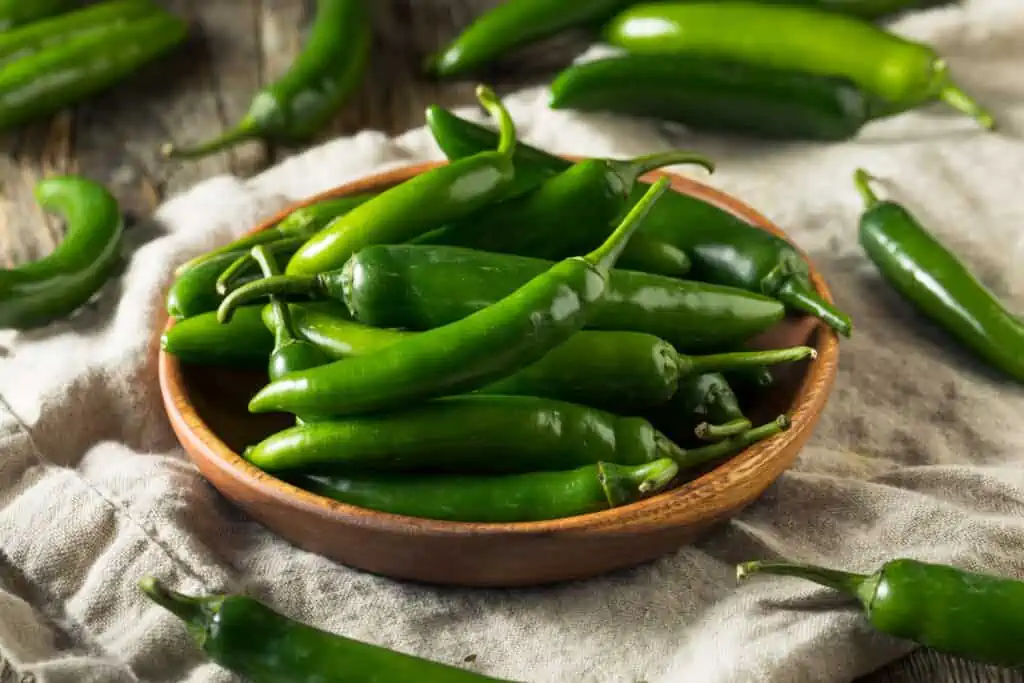
These small green peppers are related to the sweet pepper fruit, but they have a spicy flavor that is used to add heat to certain dishes.
13. Sugar Plum
Often synonymous with Christmastime, sugar plums are small fruits related to the plum that have a sweet rather than tart flavor like their namesake. Mature sugar plums are dark brown and black.
14. Sugarcane
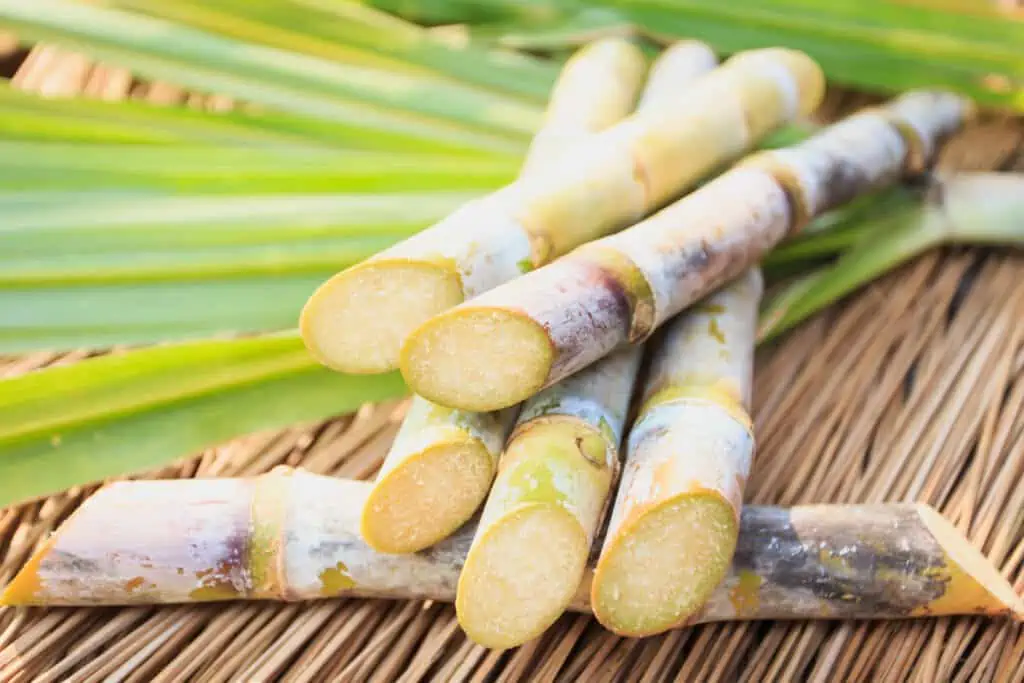
While not exactly classified as a fruit, sugarcane is native to the West Indies and grows in tall stalks similar to bamboo. Mature sugarcane is brown in color.
15. Stone Fruits
Stone fruit isn’t one fruit, but rather a category of fruits that have a single hard pit at the center. Fruits in the stone fruit family include but aren’t limited to apricots, plums, peaches, and nectarines. Stone fruits are usually very high in fiber and Vitamin C.
16. Starfruit
This oblong, yellow-green finned fruit is named for the shape it makes of a five-pointed star when sliced. It has a tart sweet flavor and while native to Malaysia and the Philippines, it is a popular export throughout the world.
Starfruit can be eaten raw but can also be an ingredient in desserts or used as a garnish.
17. Sweet Limes
This hybrid fruit is a cross between Mexican limes and sweet lemons. It isn’t nearly as tart as regular limes or lemons and is native to the Middle East and southern Asia. It is high in fiber and vitamin C, even being used to alleviate arthritis symptoms.
18. Sharon Fruit
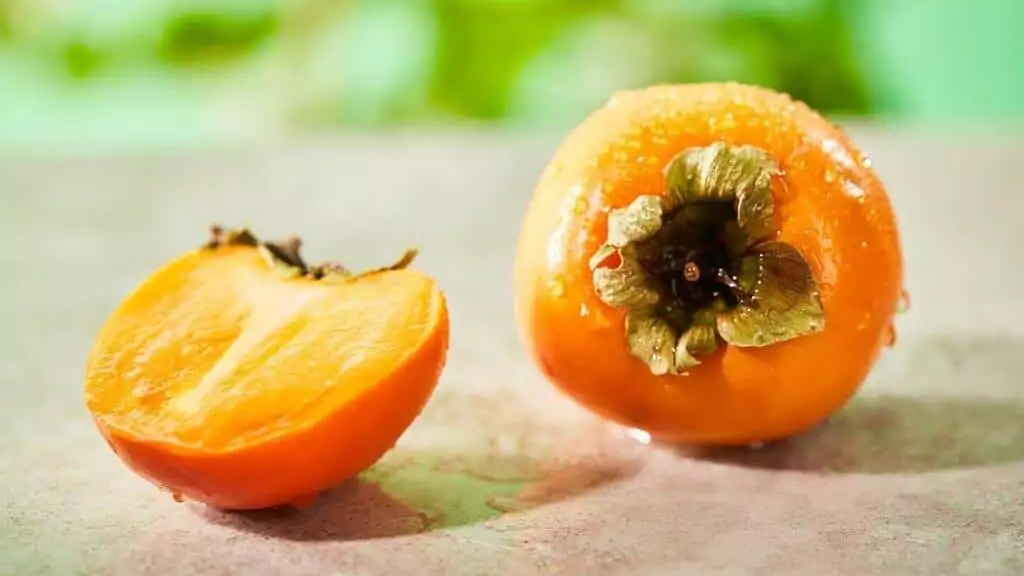
You may know this fruit for its much more popular name, the persimmon. The name “Sharon fruit” comes from the region in Israel where it is cultivated – the Sharon plain.
The persimmon is a versatile fruit with a unique mellow taste similar to honey, and some even describe the taste as being vaguely like a sweet pumpkin. It’s a popular ingredient in many desserts, such as persimmon pie, persimmon pudding, muffins, and even risotto.
19. Sour Cherries
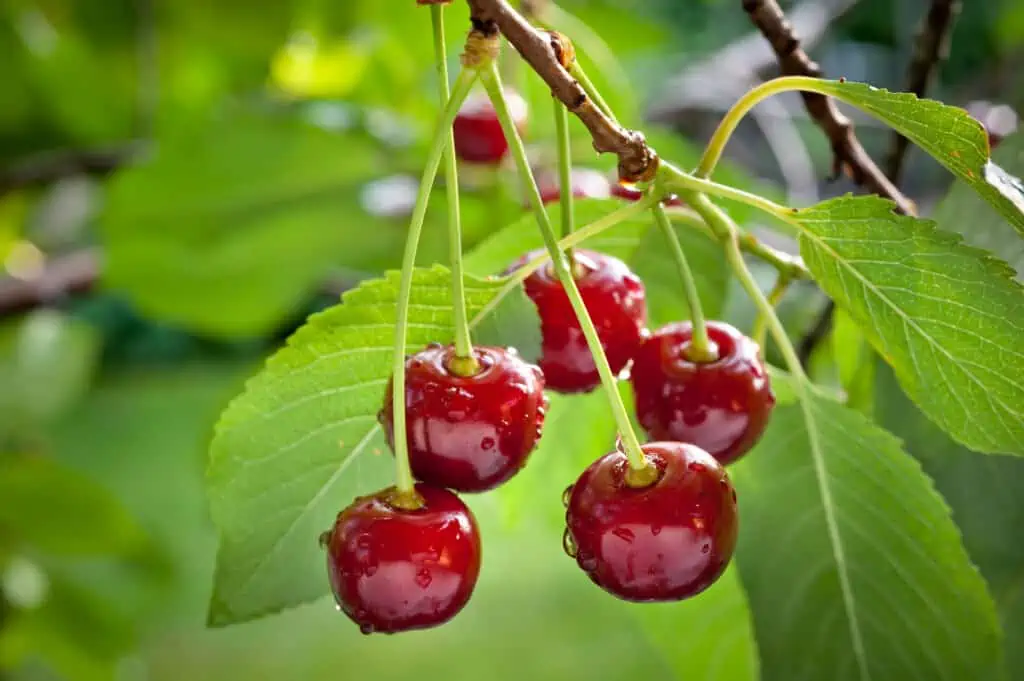
Known more often as tart cherries or simply cherries, sour cherries are deep red in color and have a tart, rich taste. They are native to Europe and Southeast Asia and are popular in pies, jams, sauces, and also eaten as a snack. Each cherry has a single hard, light brown pit, so be careful not to break your teeth when you bite into one of these luscious fruits.
20. Saigon Mango
Native to Vietnam, this prized fruit is also known as the ivory mango due to its color and shape, similar to an elephant’s tusk. It is popularly used in desserts, as a snack, and even in drinks. This fruit’s powerful rich, sweet flavor that it isn’t hard to see why it’s so popular.
21. Seville Oranges
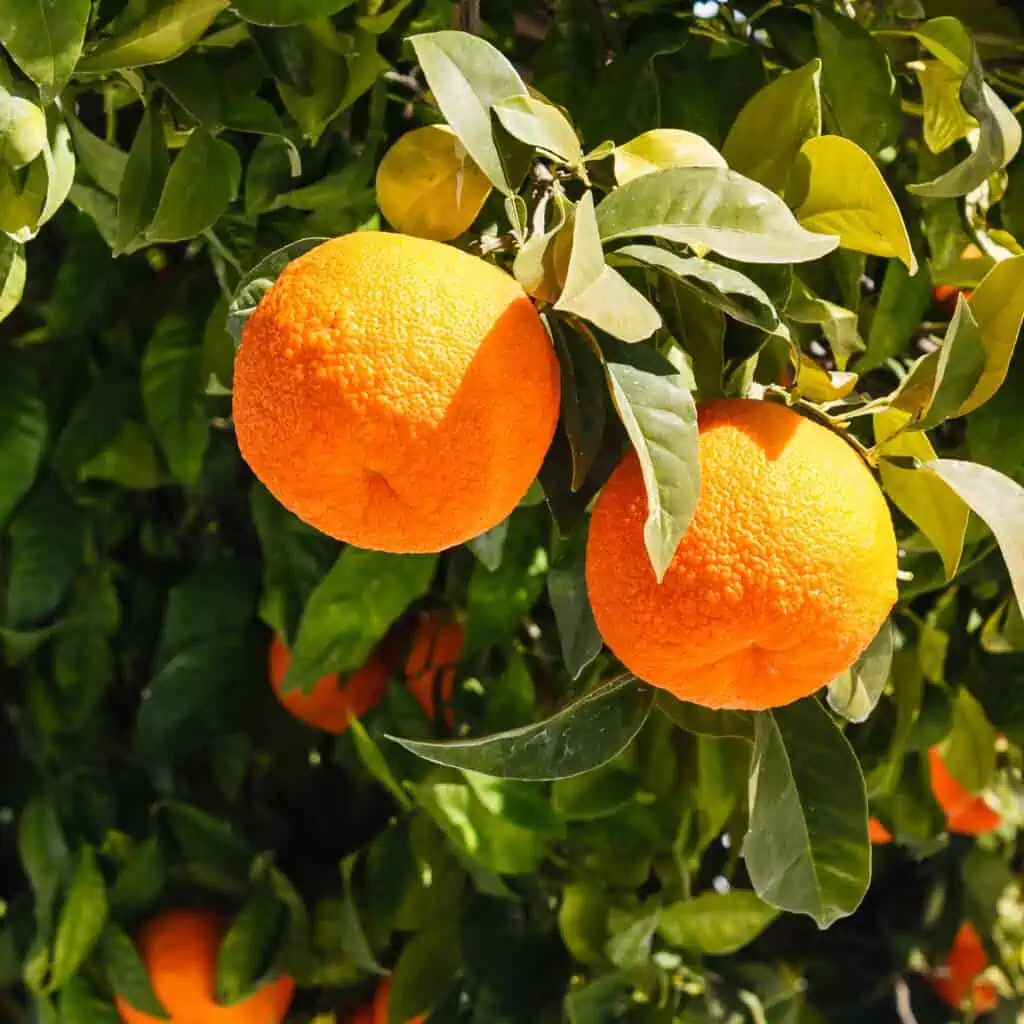
Also known as bitter oranges, the Seville orange is a cross between a mandarin orange and a pomelo, giving it a tart, acidic taste with less sweetness than other citrus fruits.
While Seville oranges may be difficult to stomach raw, they are popularly used in marmalade.
22. Satsuma
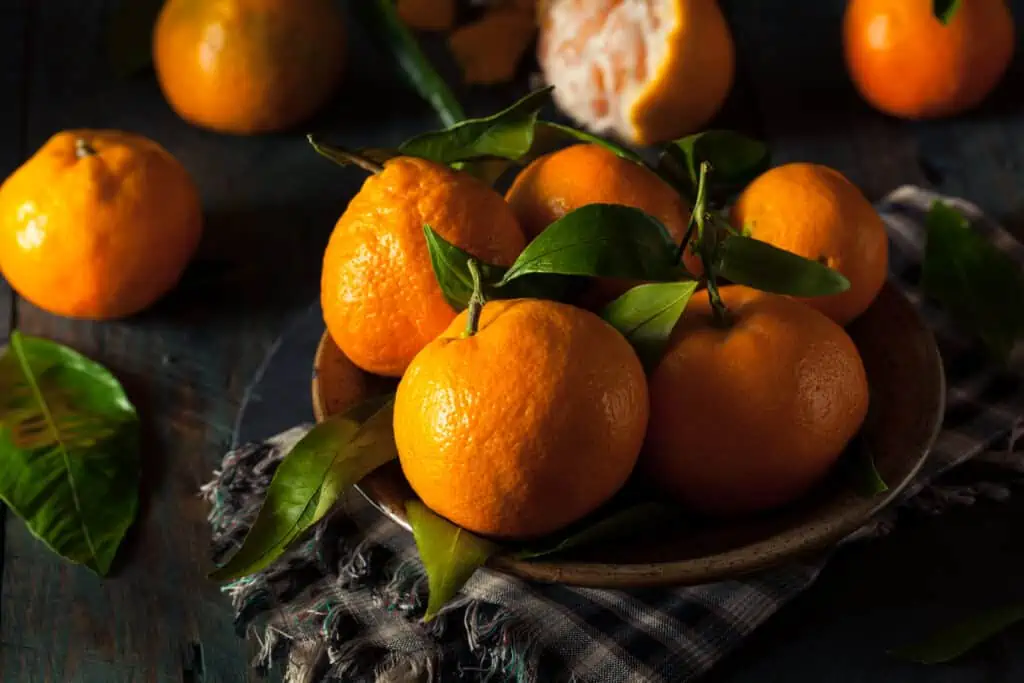
This easy-to-peel citrus fruit is closely related to the mandarin orange and grows in colder climates.
23. Sand Cherry
Also known as beach plum, the sand cherry – as its name suggests – grows along sandy dunes and coasts. It is darker in color than most other cherries, appearing deep red, purple, or even black.
24. Salmonberry
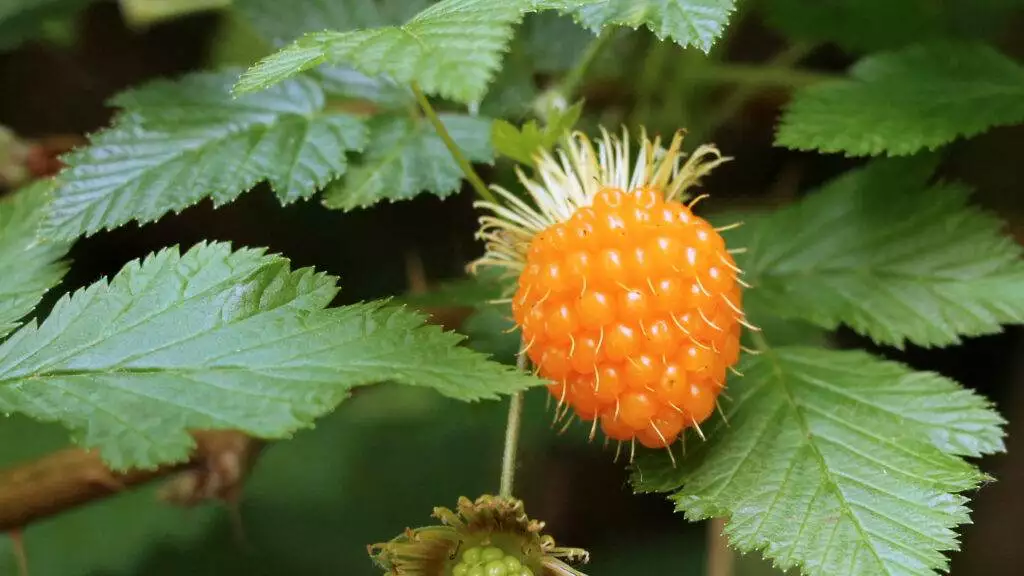
Salmonberries are closely related to raspberries and blackberries, and once you see them, it’s easy to see why. They have a sweet and sour taste and can be eaten raw, made into sauce or jam, or used as an ingredient in desserts.
25. Sarvisberry
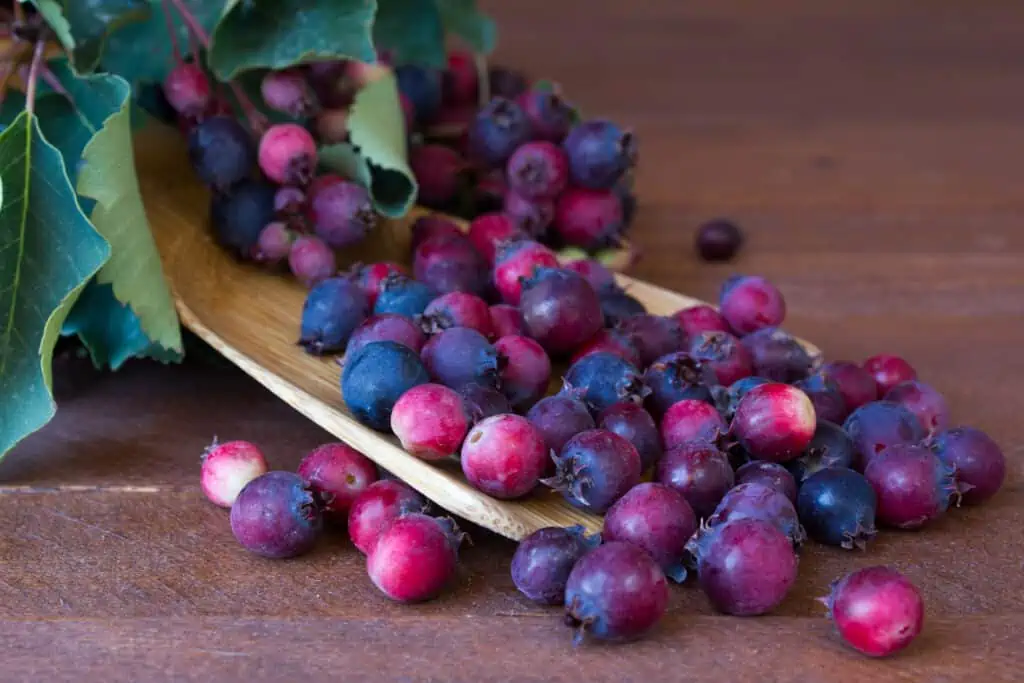
This bright purple and pink berry looks very similar to the blueberry. It goes by many names, including Juneberry and wild plum. They are native to Alaska and are a popular component in pies and other desserts.
26. Seagrape
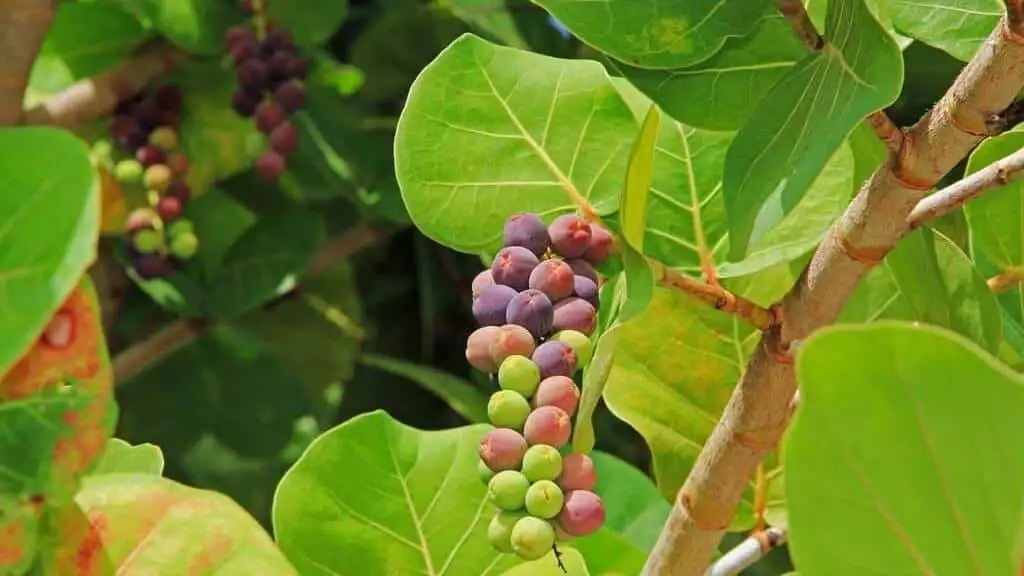
These coastal fruits grow in clusters reminiscent of grapes, even though they aren’t related to the popular fruit. They have a mildly salty flavor – similar to seaweed – and a slimy texture. They’re both lime green and purple in color, with the darker fruits having a more robust flavor.
27. Shonen Gold
Not to be mistaken for a large, round lemon, the Shonen gold is a hybrid citrus fruit cultivated in Japan. It has a sweet and sour flavor, lacking the overpowering tartness of standard lemons, making it a yummy treat.
28. Splendor Apple
This sweet and crisp variety of apple is delicious raw and as an ingredient in recipes such as applesauce, pies, and other desserts.
29. Stinking Bishop Pear
Not to be confused with the cheese, this unfortunately named fruit has quite a story behind it. Stinking Bishop Pear was named after Frederick Bishop of Gloucester, England after the botanist who first cultivated it.
According to the town in which he lived, Frederick Bishop had a reputation for having a nasty temper – earning him the name “Stinking Bishop.“
This odiferous pear is usually used to make perry – a pear cider popular in England.

